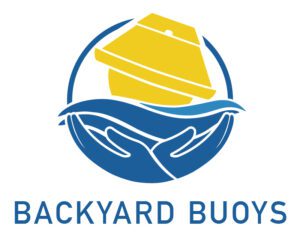
A new effort to gather wave data to enhance the blue economy, including maritime activities, food security and coastal hazard protection, is underway with National Science Foundation (NSF) funds to improve ocean data access for Indigenous communities.
NOAA officials said the Backyard Buoys project would empower Indigenous and other coastal communities to collect, steward and use wave data that complements their existing knowledge to support their blue economy.
Innovations in the works currently include a modular, sustainable process for community-led stewardship of affordable ocean buoys and co-designed web-based applications that render data easy to access and understand and bridge to Indigenous knowledge.
The NOAA-led U.S. Integrated Ocean Observing System effort is being financed via a $4.98 million National Science Foundation (NSF) cooperative agreement announced in late October to three regional associations, including the Alaska Eskimo Whaling Commission.
The associations include the Northwest Association of Networked Ocean Observing Systems in the Pacific Northwest (NANOOS), the Alaska Ocean Observing System (AOOS) in Alaska, and the Pacific Island Inventory & Monitoring Network (PacIOOS).
The initiative is one of six Phase II projects aligned to what NOAA calls the Networked Blue Economy, funded through the NSF Convergence Accelerator a program created to find solutions to large-scale societal challenges related to climate, sustainability, food, energy, pollution and the economy through research innovation and partnerships.
In partnership with the Alaska Eskimo Whaling Commission and the Barrow Whaling Captains Association, AOOS recently co-hosted a workshop in Utqiagvik (formerly known as Barrow) to deploy wave buoys in the Beaufort and Chukchi seas to expand marine safety tools for hunters.
